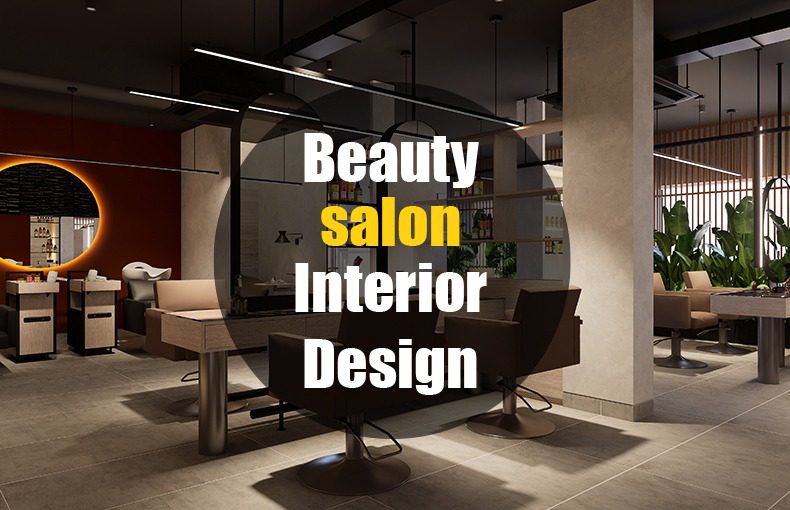Context Is Everything: Why Every Interior Design in Dhaka Needs Local Sensitivity
In a city as layered and complex as Dhaka, interior design isn’t just about trends or aesthetics—it’s about understanding context. And this context isn’t abstract. It’s rooted in the everyday realities of climate, culture, material availability, and the city’s unique urban rhythm.
At Zero Inch Interiors Ltd., we believe that truly meaningful spaces emerge not from following trends, but from designing with deep respect for people and place.
Dhaka’s Unique Urban Pulse
Dhaka is not a monolith. It’s a kaleidoscope of contrast—old and new, chaotic and serene, traditional and contemporary. From the narrow alleyways of Old Dhaka to the polished glass towers of Gulshan, every neighborhood tells a distinct story.
In one of our Banani projects, the challenge wasn’t just to create a beautiful apartment—it was to honor the client’s heritage while embracing the rapid evolution of urban life. The result was a living area that referenced traditional layouts, subtly layered with minimalist detailing and contemporary lighting.
The Climate Isn’t Just a Background Element
Designing in Dhaka means designing for heat, humidity, monsoons, and dust. These aren’t limitations—they’re design opportunities.
For instance, in a rooftop garden in Uttara Sector 4, we designed a vertical green wall to diffuse sunlight and reduce heat transfer, naturally cooling the top-floor bedroom below.
In another project in Purbachal, we oriented the main living space to avoid direct western sunlight. We used terracotta jaali screens and breathable materials to allow cross-ventilation, enhancing comfort and reducing reliance on artificial cooling.
“Climate-sensitive design isn’t a luxury—it’s logic. Materials should breathe just like the people who live among them.”
— Muhammad Ariful Islam
Respecting Cultural Rhythms
In Dhaka, a home is more than a private space—it’s a place where joint families live together, grandparents are cherished, and traditions thrive. It’s a social gathering space and a spiritual retreat all in one.
That’s why our designs must support prayer areas, privacy for extended families, and seamless transitions between public and private zones.
In one Uttara residence, we created a flexible layout where the living room could be separated with frosted glass sliding panels—allowing privacy when needed, or openness and airflow during gatherings. It also helped manage energy use by containing air conditioning to specific zones.
This same space could easily shift between a formal baithak khana and a cozy reading lounge, reflecting a beautiful balance of modern functionality and traditional values.
Craftsmanship and Local Materials: More Than Just Cost Efficiency
When we use locally sourced cane, rattan, reclaimed wood, or handmade tiles, it’s not just about reducing cost—it’s about storytelling, sustainability, and soul.
In our office project for Landora Real Estate, we reused scaffolding pipes and concrete blocks from the construction site to build partitions and display systems. It wasn’t just eco-conscious—it became the design language itself.
We see imperfection not as a flaw, but as character. That’s where emotion lives—in the handmade, the local, the real.”
— Team Zero Inch
Designing with Empathy
We don’t just design for clients—we design with them. In Dhaka, where identities, aspirations, and everyday struggles are deeply tied to living spaces, empathy is everything.
We’ve worked with clients who wanted hidden yet accessible prayer corners, balconies that recall their childhood, or spaces that channel the cool southern breeze through thoughtful orientation and ventilation.
One such client, a frequent business traveler from Chittagong, wanted a retreat in Purbachal that embodied solitude and simplicity. We created a space filled with light, finished in calming whites, greys, and warm woods—a home rooted in stillness and emotion.
For Clients in Dhaka, This Means:
- Design must feel like home—not a showroom.
- Local isn’t lesser—it’s deeper.
- Work with designers who understand your rhythm and roots.
The Zero Inch Philosophy
At Zero Inch Interiors, we approach every project with one belief: context is not a constraint—it’s the canvas.
We strive to create spaces that evoke emotion, honor the environment, celebrate imperfection, and carry the soul of the city.
“Design without context is decoration. Design with context becomes culture.”
— Muhammad Ariful Islam
FAQ: Interior Design in Dhaka and Local Sensitivity
Q: Why is local sensitivity important in interior design?
A: Because it makes your space livable, sustainable, and emotionally resonant in its environment.
Q: Can traditional elements be used in modern designs?
A: Absolutely. In fact, the most compelling spaces often blend tradition with modernity in elegant ways.
Q: Is using local material always cheaper?
A: Not always upfront—but it often provides better long-term value through reduced transport costs, better durability in local climate, and deeper storytelling.
Q: What should I ask my interior designer in Dhaka?
A: Ask how they incorporate climate, culture, family structure, and material availability into their process. That’s how you know they understand context.
Written by Muhammad Ariful Islam
CEO & Principal Interior Architect, Zero Inch Interiors Ltd.
Muhammad leads a passionate team dedicated to crafting spaces that are ethical, ecological, and emotionally resonant. With over a decade of experience designing in Dhaka, his philosophy is simple: great design is always rooted in place, people, and purpose.








